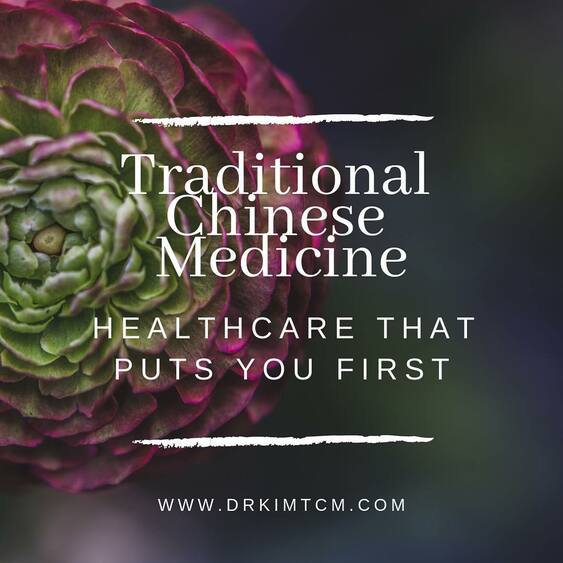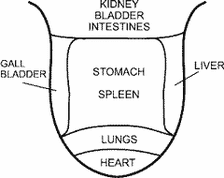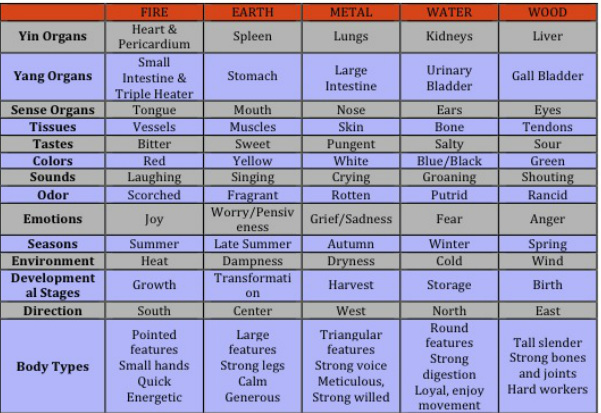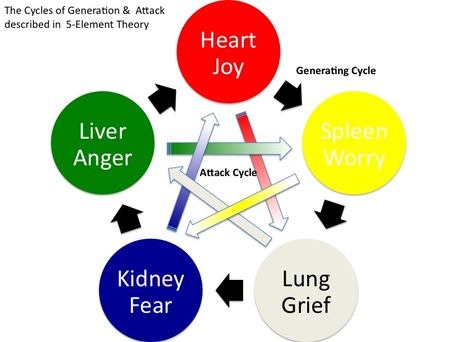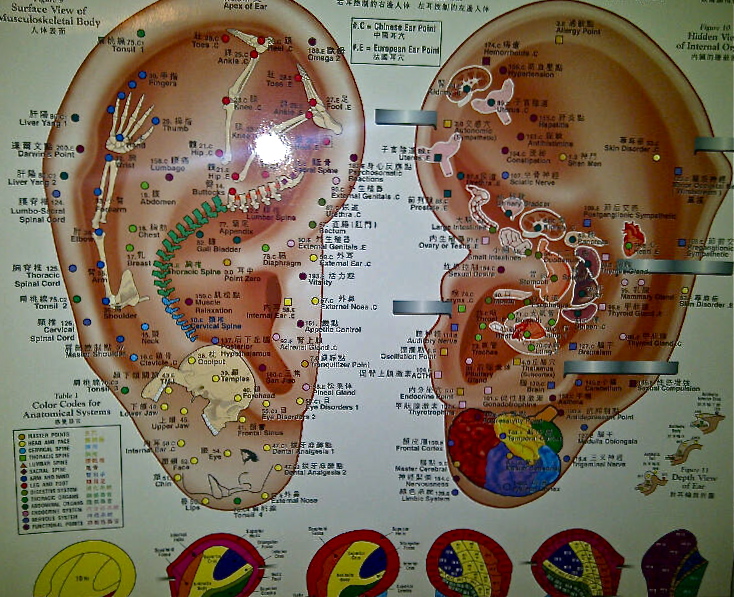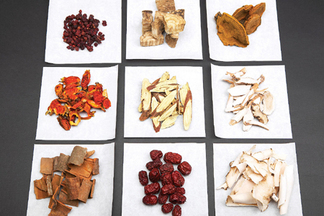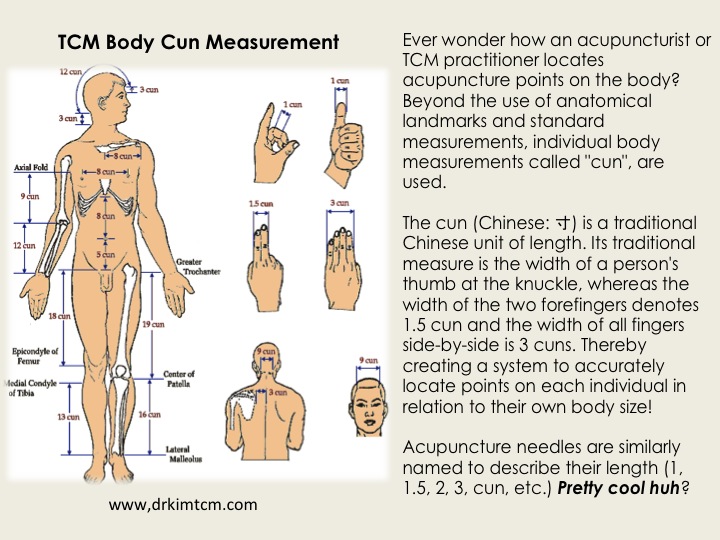|
At the core of TCM, is the principle that each individual is a unique biosphere, and as such, treatments should be tailored to meet the exceptional needs of each. It’s one of the reasons why a practitioner of this medicine spends so much time asking questions about how each part of you is functioning. From head to toe we want to know; what’s working, and what isn’t. We’ll ask how you’re coping emotionally, we’ll observe how you’re compensating physically, and we might even change the food you’re eating to ensure it’s being assimilated in order to nourish the whole process. Additionally, we’ll take our time when treating you, because the medicine we practice teaches that healing isn’t instantaneous, and in order to provide you with the best care, we need to be present for each needle insertion, cup placement, Gua Sha stroke or herb selection. To rush the process would be robbing you, the patient of the opportunity to learn something in the healing process. TCM today is a complex and intricate blend of thousands of years of history and modern medicine, and trust me, the ability to combine these aspects takes skill. It takes years of study before we can even begin to practice the medicine and a lifetime of learning beyond that to be truly proficient. We love the medicine we practice and want you know that TCM is not a simplistic, out dated practice that uses a few needles, seeds and funny language in the hopes of getting results. It’s a time tested, proven body of medicine that takes incredible knowledge and skill to master. If you haven’t already, book an appointment and see for yourself. It just might change your mind about healthcare. ~Dr. Kim
|
II. The 5-Elements (Wu Xing) of Traditional Chinese Medicine (TCM)
Written by Dr. Kim Graham, Dr.TCM
|
For more information about TCM, or to book an appointment, contact
Dr. Kim Graham, Dr. TCM at Moveo Sports & Rehabilitation Centre 604-984-8731. **When performed by properly trained professionals, TCM and Acupuncture are safe and effective practices that can help you achieve and maintain wellness. For more information about the practice standards in British Columbia, or to search for a licensed practitioner, please visit www.ctcma.bc.ca** |
Deeply rooted in the ancient teachings of Traditional Chinese Medicine (TCM) are the fundamental philosophies of Daoism; a way of life that ultimately teaches one to live in harmony with their surroundings.
It is believed that the 5 elements (Fire, Earth, Metal, Water and Wood) found in nature, are reflected in the body through all of its systems. The Zang Fu (organ systems) are described and characterized by their elemental quality, as are some specially identified acu-points. Aspects of a person’s personality or body type may also be identified in this way. In practice, the 5-element theory can be utilized as a diagnostic predictor of disease through recognition of various pathogenic cycles. It is also used to indicate which contributing strengths or weaknesses may be present in a person’s emotional or mental state. Within the 5-element method of diagnosis, there is significance in such things as colour, flavour, season, and direction. A TCM practitioner may choose to use only the 5-element theory to make a diagnosis, or to include it as part of a more complex analysis of disease. |
III.The Emotions & Traditional Chinese Medicine (TCM)
Written by Dr. Kim Graham, Dr.TCM
|
Joy, Anger, Worry, Grief/Sadness and Fear. These are the basic emotions responsible for maintaining balance or creating disease according to TCM theory.
“The Yellow Emperor’s Inner Classic” (Huang Di Nei Jing), written in the 3rd century BC, first described this relationship and the role the emotions play in disease, as part of the 5-Element theory. · Joy corresponds to the Heart. · Anger corresponds to the Liver. · Worry corresponds to the Spleen. · Grief/Sadness corresponds to the Lungs. · Fear corresponds to the Kidneys. It is believed that an over-indulgence in, or inappropriate expression of, any of these emotions can lead to imbalance. |
It is said that emotional upset depletes the qi (energy) of it’s associated organ, and because of the interdependence within the body’s systems (zang-fu), depletion in one area will inevitable draw from another to compensate. Below are a few examples.
1. The Heart (Fire element) also represents the mind, and manifests emotionally as Joy. While Joy is a healthy and desirable emotion, too much of a good thing can lead to illness. “Over-joy” or “excessive happiness” often appears as craving, or excessive/unrestrained desire. Unchecked, this state of disharmony will progress to affect other systems (lung, liver, kidney etc).
Being so happy you cry is a classic example of ‘over-joy’ (heart qi) spilling over and affecting the lung (tears).
2. Worry is the emotion of the Spleen. Worry can also be translated as pensiveness or over-thinking. Because the digestive system according to TCM is influenced by the Spleen’s qi (energy movement), it is not uncommon for someone experiencing worry to also experience digestive system problems/symptoms.
The expression ‘being worried sick’ most often refers to a person feeling physically sick to their stomach with worry. Suggesting that indeed, there is a direct connection between the two. Worry can also easily turn into fear or phobias (Kidney) and is an example of Earth (Spleen) affecting Water (Kidney)
3. Lastly, Fear is related to the Kidney. Like any of the emotions, fear can affect an individual in many ways. It is not uncommon in cases of extreme fear to loose control of one’s bladder (the organ linked to the kidney). For some, fear will transform into anger (liver) and then laughter (joy-heart) once the stimulus has been removed. Illustrating the ‘natural’ or ‘generating’ relationship that exists between systems.
1. The Heart (Fire element) also represents the mind, and manifests emotionally as Joy. While Joy is a healthy and desirable emotion, too much of a good thing can lead to illness. “Over-joy” or “excessive happiness” often appears as craving, or excessive/unrestrained desire. Unchecked, this state of disharmony will progress to affect other systems (lung, liver, kidney etc).
Being so happy you cry is a classic example of ‘over-joy’ (heart qi) spilling over and affecting the lung (tears).
2. Worry is the emotion of the Spleen. Worry can also be translated as pensiveness or over-thinking. Because the digestive system according to TCM is influenced by the Spleen’s qi (energy movement), it is not uncommon for someone experiencing worry to also experience digestive system problems/symptoms.
The expression ‘being worried sick’ most often refers to a person feeling physically sick to their stomach with worry. Suggesting that indeed, there is a direct connection between the two. Worry can also easily turn into fear or phobias (Kidney) and is an example of Earth (Spleen) affecting Water (Kidney)
3. Lastly, Fear is related to the Kidney. Like any of the emotions, fear can affect an individual in many ways. It is not uncommon in cases of extreme fear to loose control of one’s bladder (the organ linked to the kidney). For some, fear will transform into anger (liver) and then laughter (joy-heart) once the stimulus has been removed. Illustrating the ‘natural’ or ‘generating’ relationship that exists between systems.
IV. Seed & Auricular Therapy
Written by Dr. Kim Graham, Dr. TCM
|
When, after their acupuncture treatment, I tell my patients for the first time how I would like to apply seeds to various points in their ears, I get a look that simultaneously asks if I am joking, and perhaps more importantly, if they heard me correctly. The question that usually follows is “You want to put WHAT in my EARS?”.
I understand their apprehension. After all, we have been taught from a very young age about the dangers of putting anything smaller than our elbows into our ears! So the idea of letting someone tape small seeds to his or her ears can be cause for some trepidation. Firstly I should clarify that seed therapy can be used anywhere on the body, at specific acu-points, but more commonly, seeds are used as part of a specific type of treatment known as auricular (ear) therapy. Auricular acupuncture and the use of the ear as a diagnostic tool are documented in some of the earliest texts on traditional Chinese medicine. The theories and methods of treatment described in these texts have been studied and developed over time into the highly specialized therapy that is in use today. Over the past 30 years there has been extensive research into the effectiveness of auricular therapy in the treatment of various mental/emotional problems (including the disease of addiction and PTSD) with tremendous results in favour if its efficacy. Eerily accurate as a diagnostic tool, patients are generally shocked when a trained therapist can tell immediately without asking questions which hip, knee, or limb is painful, if there have been any fractures in the body, or if they have trouble sleeping or are suffering from nightmares. It is not magic. The answer is simple. The body never lies. The ear is a micro-system. A virtual map of the entire body that is reflected on its surface. A therapist trained in auricular therapy reads the information presented by the ear and translates it into valuable diagnostic information. In terms of TCM practice, various diagnostic clues are noted. Things such colour, temperature, and visible veins are observed in order to shed light on how the corresponding area of the body is being affected. |
Applying seed therapy to the ears after an acupuncture treatment can extend the active phase of treatment, allowing the patient to self-administer pressure to the points as needed or at regular intervals as prescribed by the practitioner.
The type of seed used is called the Vaccaria seed (Semen Vaccariae), commonly known as Cowherb or Soapwort seeds in the West. In traditional Chinese medicine, these seeds are known as the herb Wang Bu Liu Xing and belong to a class of herbs known to invigorate blood and remove stagnation (Qi). According to TCM theory, the two dominant factors present in painful conditions are the stagnation of Qi and Blood. This herb in particular has an effect on both, with greater emphasis on the blood. For use in the ear, and other body parts, these seeds were chosen primarily for their size and evenness (small, smooth and resilient to the body’s oils) enabling them to provide sustained local stimulation to specific acu-points. However, their Blood and Qi moving properties cannot be overlooked as potentiating factors in treatment. Seed therapy is invaluable in the treatment of patients who have a fear of needles, or otherwise have strong physiological reactions to acupuncture. Each seed is typically held in place with a small strip of either tan or clear tape, and are virtually undetectable. The treatment applications for seed and auricular therapy are numerous, and when performed by a qualified trained practitioner can be enormously beneficial. |
V. Chinese Herbal Medicine
Written by Dr. Kim Graham, Dr.TCM
|
Chinese herbal medicine has the largest organized herbal system in existence. In China, it is considered to be a very powerful form of therapy that is used in concert with regular acupuncture to treat most conditions. Due to its long history, the usage of the herbs included in TCM's classical herbal formulas are extremely well understood.
Traditionally, Chinese herbal formulas were prescribed as raw herbs to be decocted (cooked) at home. While this is still a common practice, most western patients do not have the time (or palate) to take herbs this way. Herbal formulas today are most commonly packaged as powders, pastes, tinctures, lotions or tablets, depending on the herb and its intended use. The applications of herbal therapy are extensive, and have been used for thousands of years to treat a range of disorders such as: - Allergies, skin diseases & other autoimmune disorders - Fatigue - Digestive disorders - Sleep disturbances (insomnia, somnolence) - Gynecological disorders (regulated menstrual cycle, infertility, PMS, endometriosis, menopause, etc). - Colds & Flu - Asthma & other respiratory conditions - Stress - Psychological problems such as depression & anxiety |
TCM practitioners also typically make dietary recommendations to best suit your constitution. Foods, like herbs, are believed to either possess ‘hot’, 'warm', 'cold, or ‘cool’ properties , making dietary changes/choices an equally important part of the healing process.
Herbal medicine can act as powerfully as pharmaceutical drugs and should be treated with the same caution and respect. Just as with western drugs, it is important to only take the herbs that have been prescribed to you by a licensed TCM Doctor/Herbalist. It is best to avoid taking over the counter herbs found at local markets or Chinese herbal stores, as the quality and ingredients of such bottled formulas cannot be guaranteed. Never abandon your regular medication or alter the dose without the knowledge and approval of your doctor. |
VI. How Acupuncture 'Works'
Written by Dr. Kim Graham, Dr. TCM
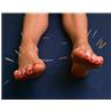
Acupuncture 'works' by various mechanisms, depending on how you look at it. From the western view, acupuncture is thought to work by stimulating the central nervous system to release certain neurotransmitters and hormones from the brain responsible for easing pain, boosting the immune system, and helping to regulate various other bodily functions. From the eastern view, acupuncture is said to work by regulating the yin and yang of the body as well as to encourage the flow of qi (chee – vital 'air'/source) and blood through the multitude of vessels and connections of the body (meridians) to relieve pain, boost the immune system, and restore harmony. While these two theories may sound completely opposite to one another, in reality they are not.
Western medicine defines the nervous system as a system of cells, tissues, and organs that regulates the body's responses to internal and external stimuli. As there is not any specific system in Chinese medicine to label as the ‘nervous system’, it would instead be describes as the overall balance of yin and yang, qi and blood within the body’s meridian and organ systems that is sensitive and responds to both internal and external changes.
Again, both definitions actually describe very similar systems, but its the language used to describe them that causes all the confusion. Because the Chinese medical ‘version’ is often considered to be too esoteric and magical by the typical western patient, I understand why favor is given to the less obscure, more understandable western medical one, but this does not mean that one is more ‘right’ than the other.
When explaining how acupuncture ‘works’, I find it helpful to remind people that Chinese medicine’s theories are thousands of years old, hence the language used to describe its practices are more primitive, based on observations that were available at the time, mostly taken from the natural world. By comparison, western medicine’s present-day theories and practices are hundreds of years old, consequently making the language used to describe them more contemporary and less mysterious. Regardless of the language used, the bottom line is that western science agrees with what traditional Chinese medicine has known for a millenia. Acupuncture is a safe, effective and indispensable medicine that can help to restore systemic balance, speed healing and strengthen immunity to help you maintain optimal health.
Western medicine defines the nervous system as a system of cells, tissues, and organs that regulates the body's responses to internal and external stimuli. As there is not any specific system in Chinese medicine to label as the ‘nervous system’, it would instead be describes as the overall balance of yin and yang, qi and blood within the body’s meridian and organ systems that is sensitive and responds to both internal and external changes.
Again, both definitions actually describe very similar systems, but its the language used to describe them that causes all the confusion. Because the Chinese medical ‘version’ is often considered to be too esoteric and magical by the typical western patient, I understand why favor is given to the less obscure, more understandable western medical one, but this does not mean that one is more ‘right’ than the other.
When explaining how acupuncture ‘works’, I find it helpful to remind people that Chinese medicine’s theories are thousands of years old, hence the language used to describe its practices are more primitive, based on observations that were available at the time, mostly taken from the natural world. By comparison, western medicine’s present-day theories and practices are hundreds of years old, consequently making the language used to describe them more contemporary and less mysterious. Regardless of the language used, the bottom line is that western science agrees with what traditional Chinese medicine has known for a millenia. Acupuncture is a safe, effective and indispensable medicine that can help to restore systemic balance, speed healing and strengthen immunity to help you maintain optimal health.
VII. How are all of those points located?
|
For more information about TCM, or to book an appointment, contact Dr. Kim Graham, Dr. TCM
by calling Moveo Sports & Rehabilitation Centre 604-984-8731. **When performed by properly trained professionals, TCM and Acupuncture are safe and effective practices that can help you achieve and maintain wellness. For more information about the practice standards in British Columbia, or to search for a licensed practitioner, please visit www.ctcma.bc.ca** |
